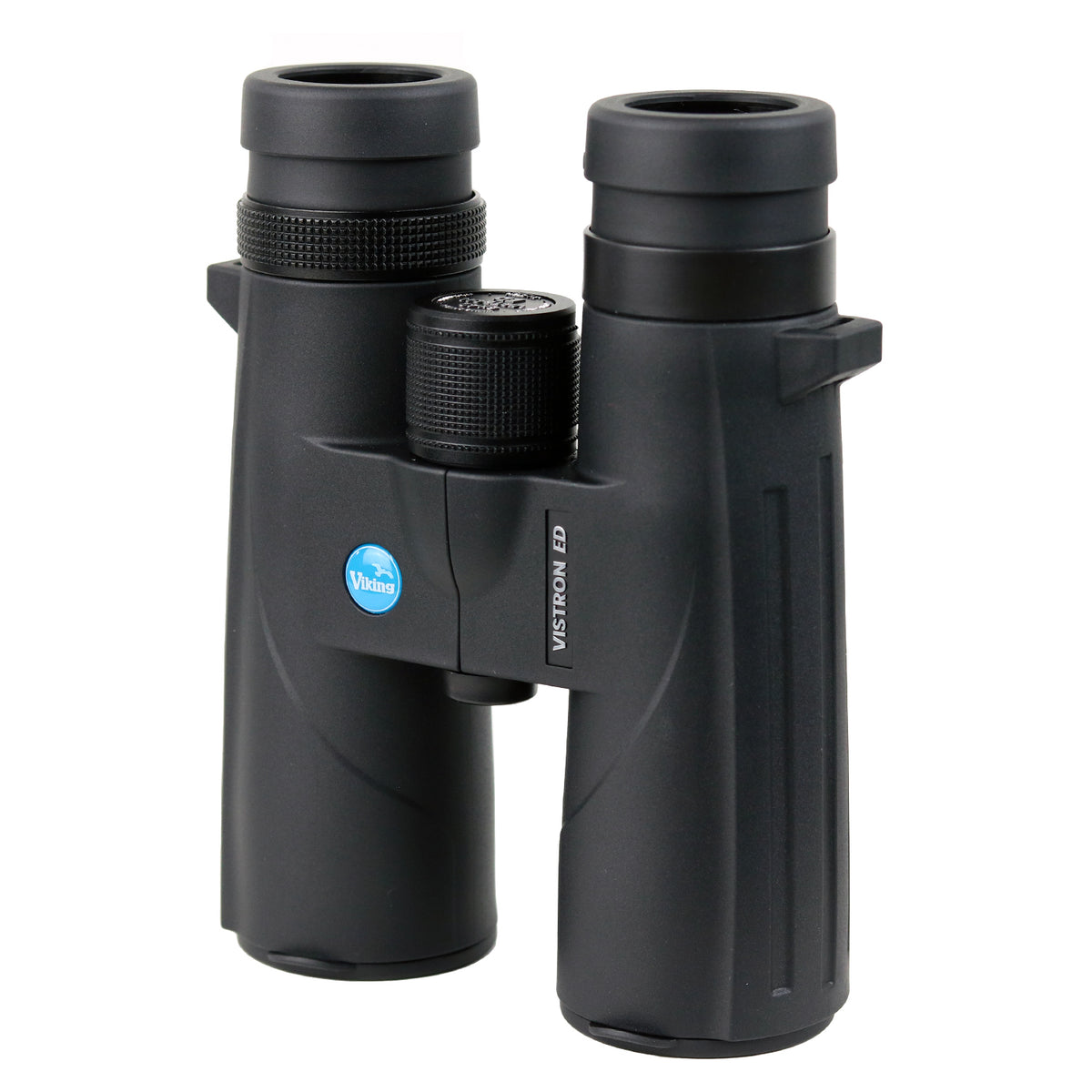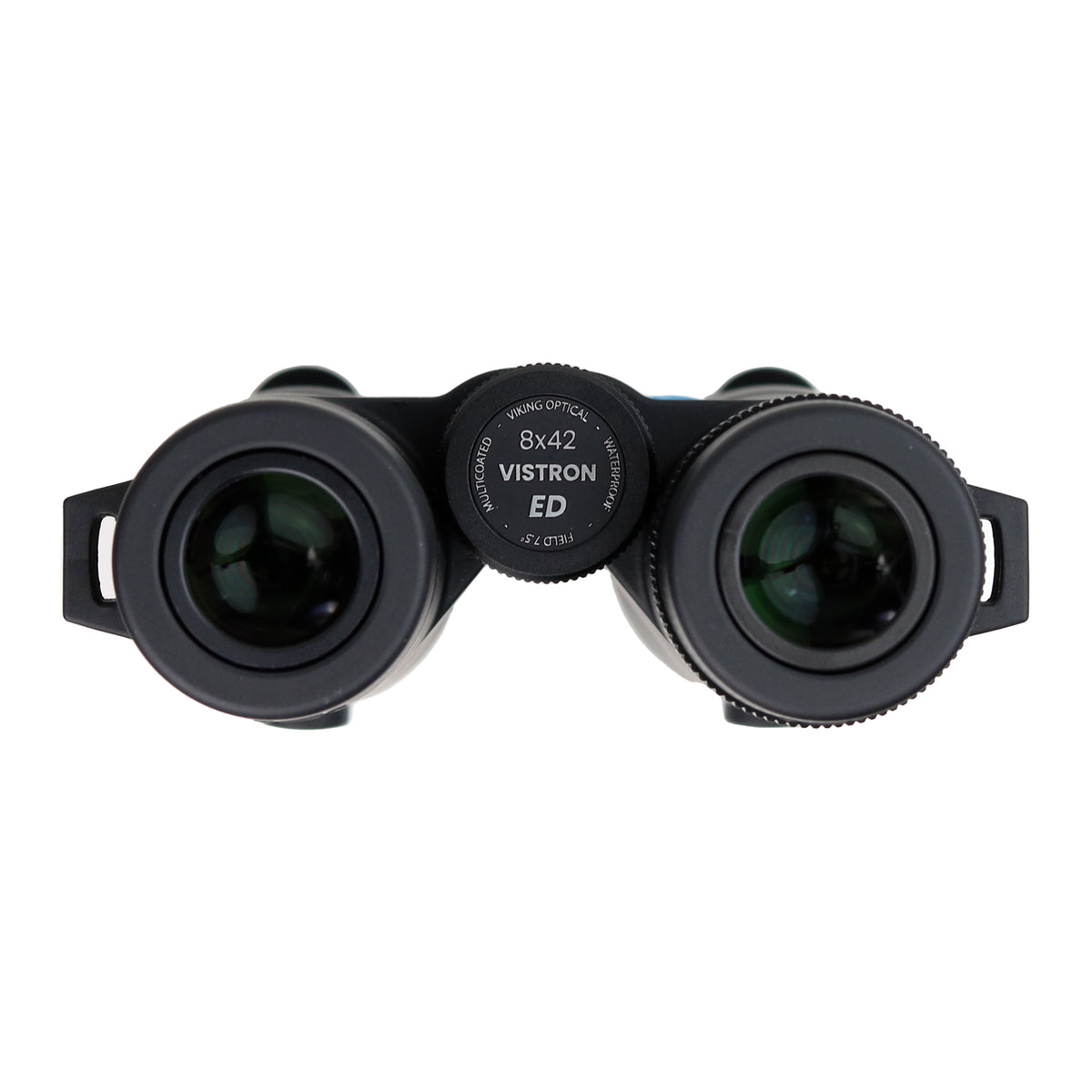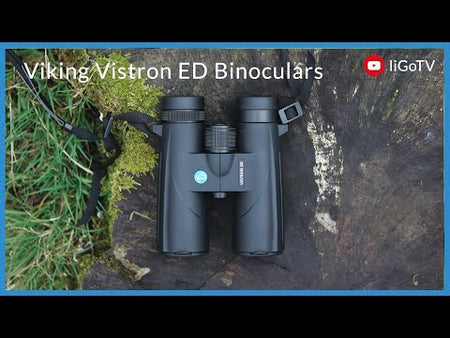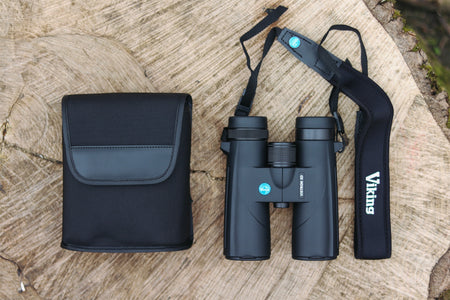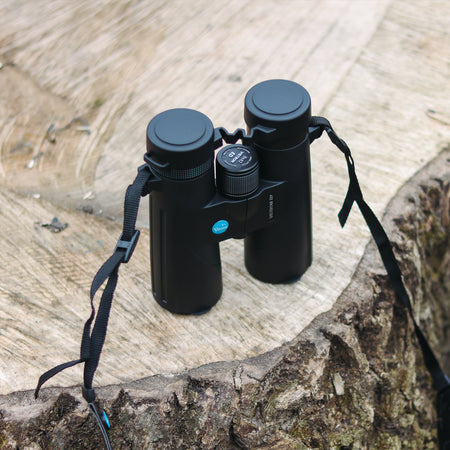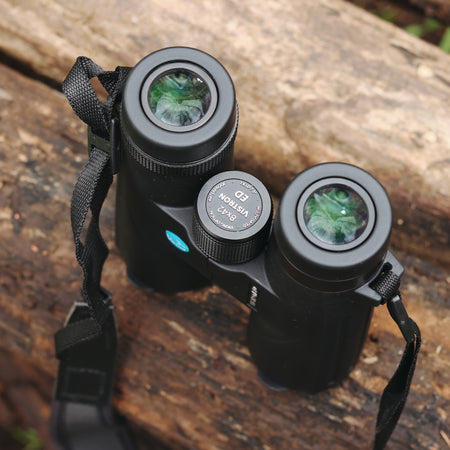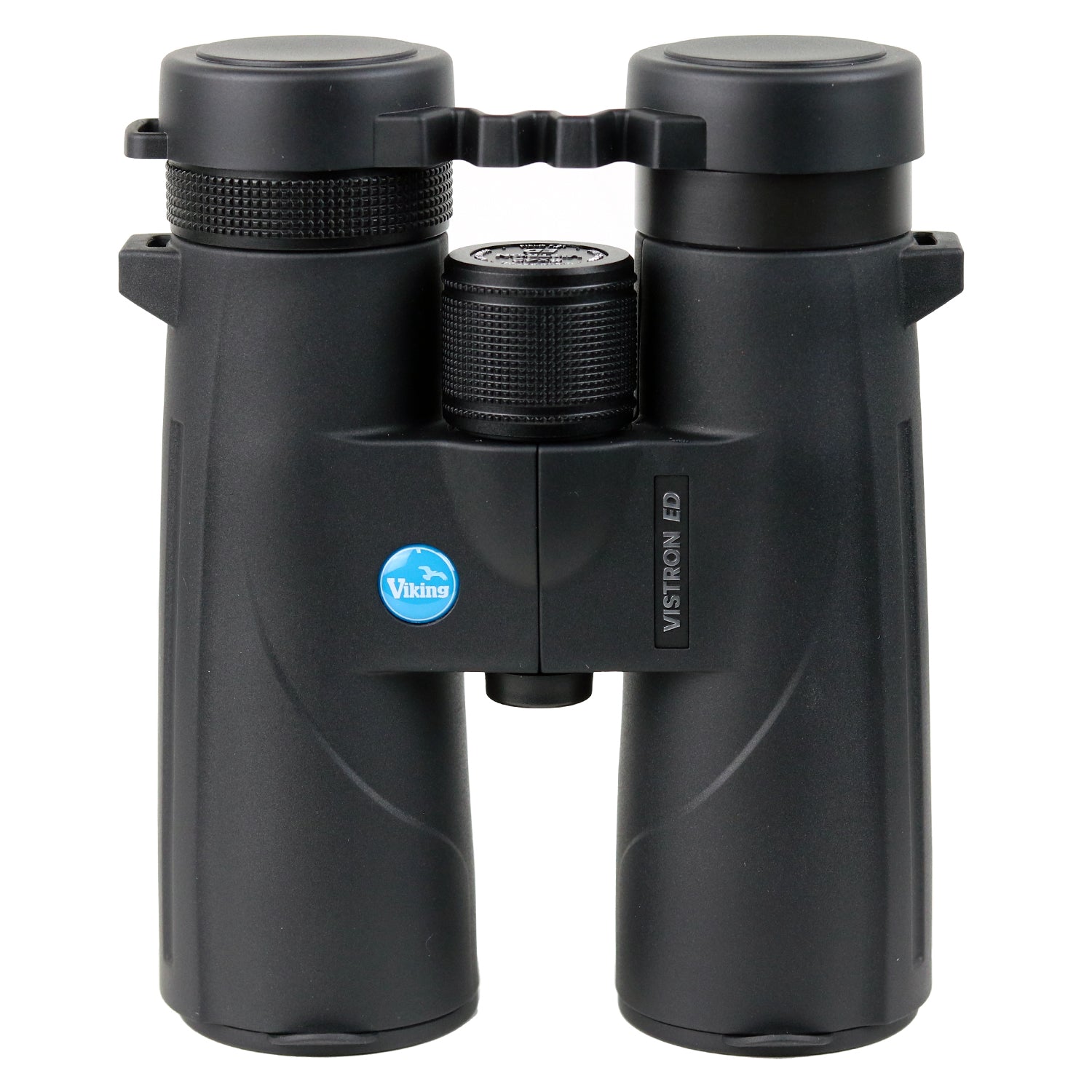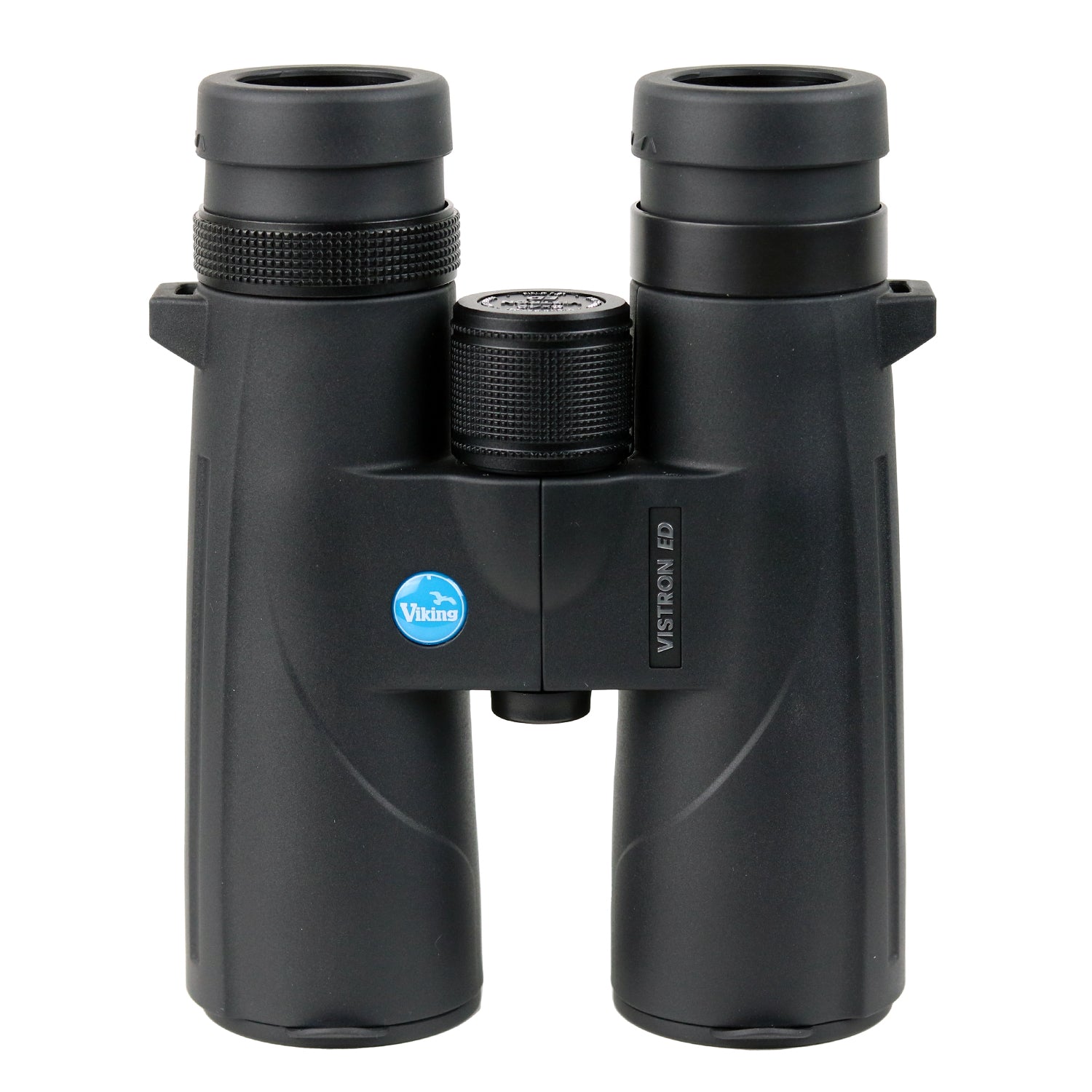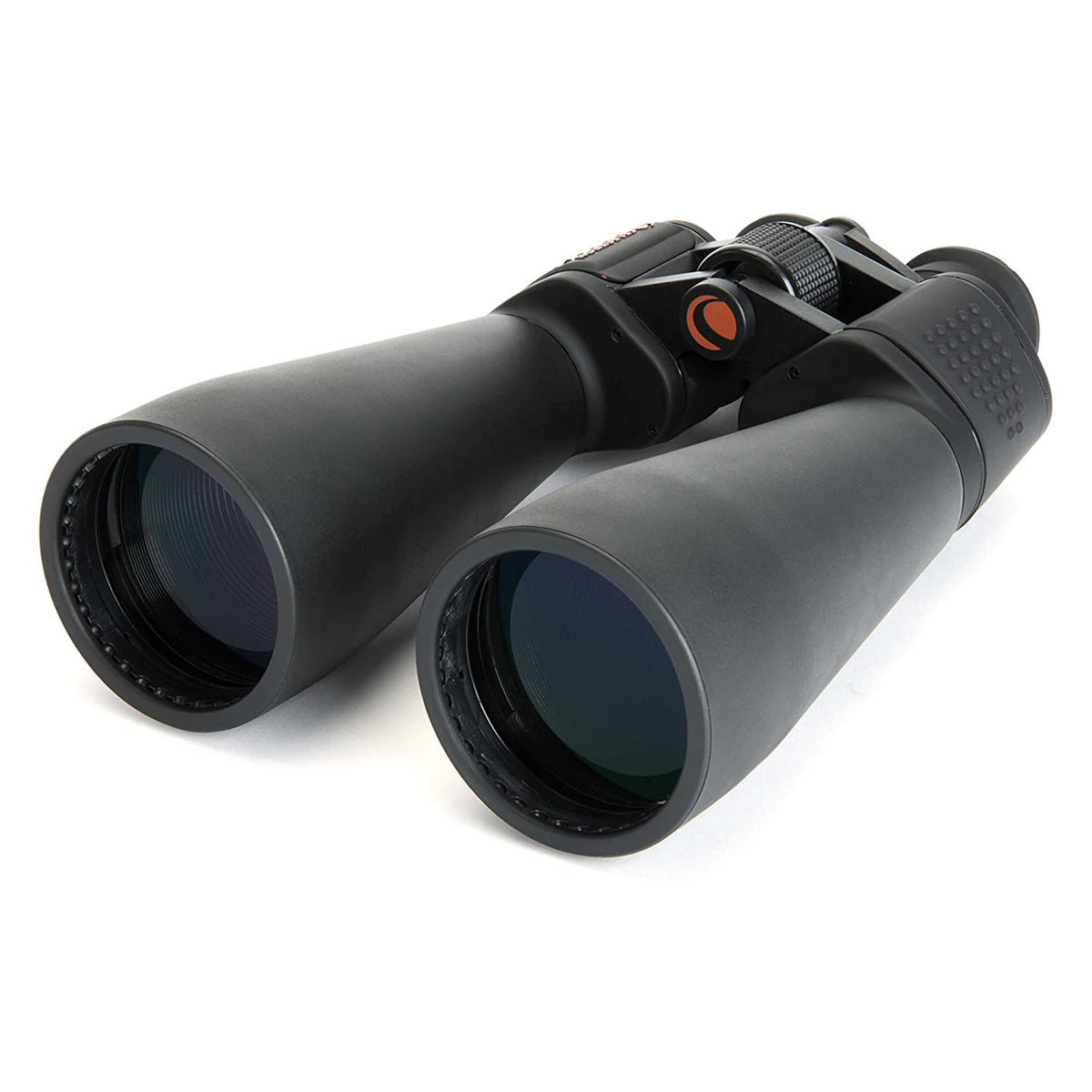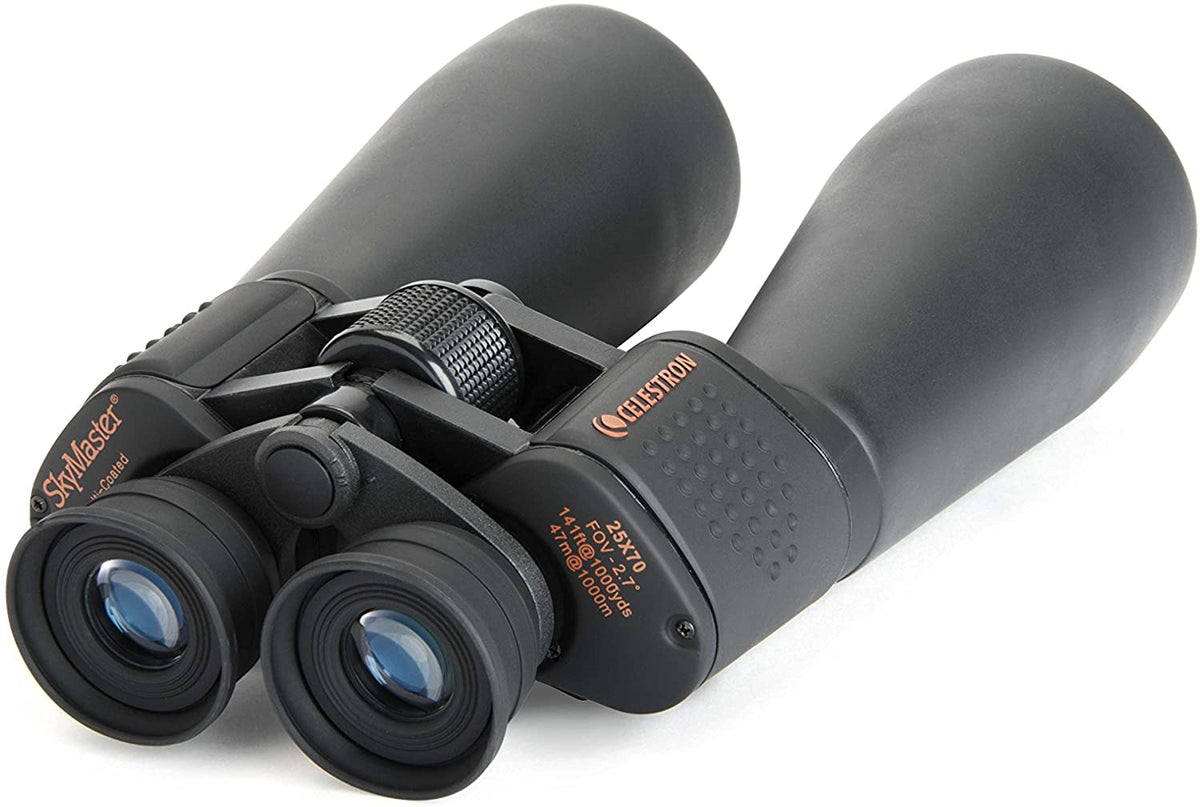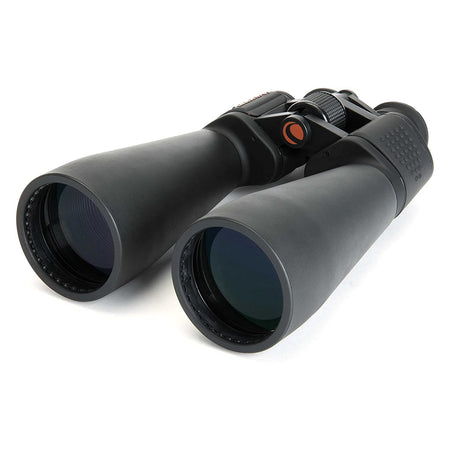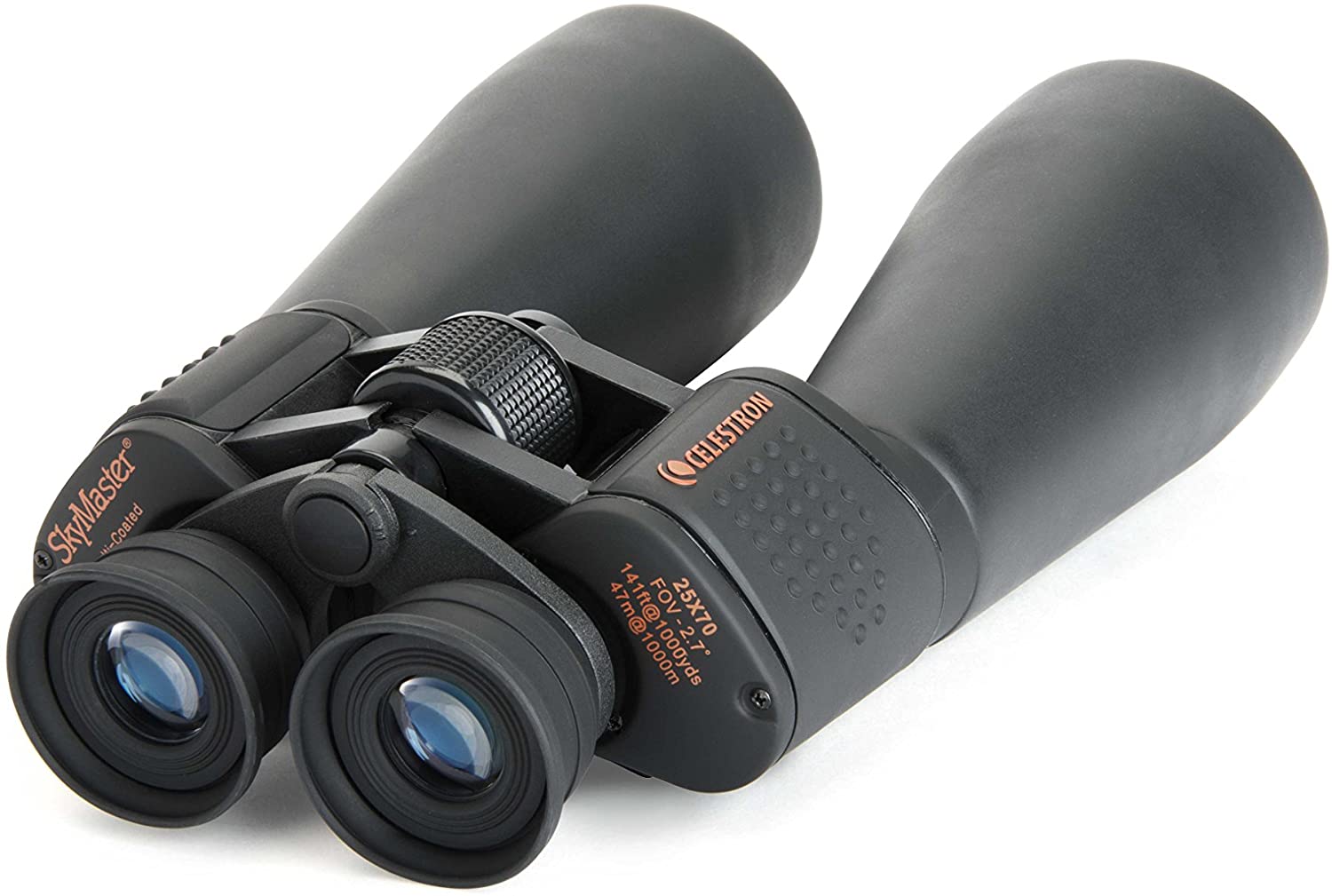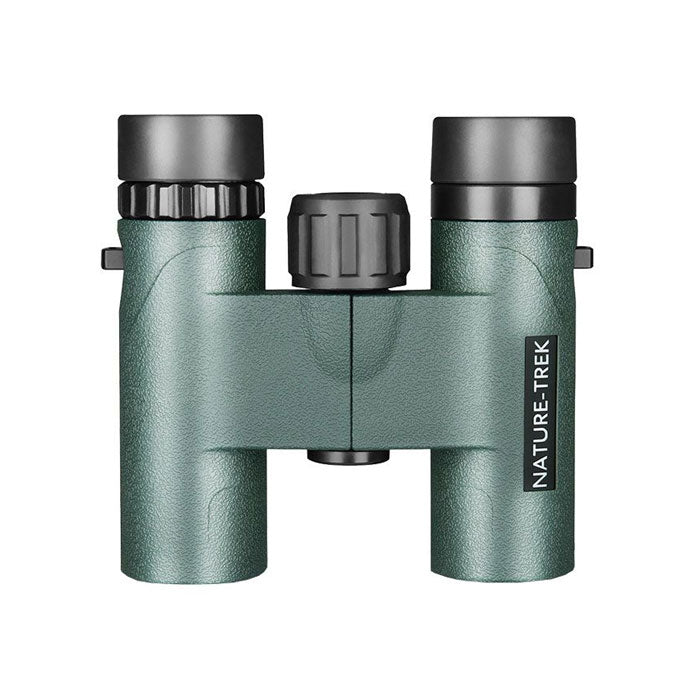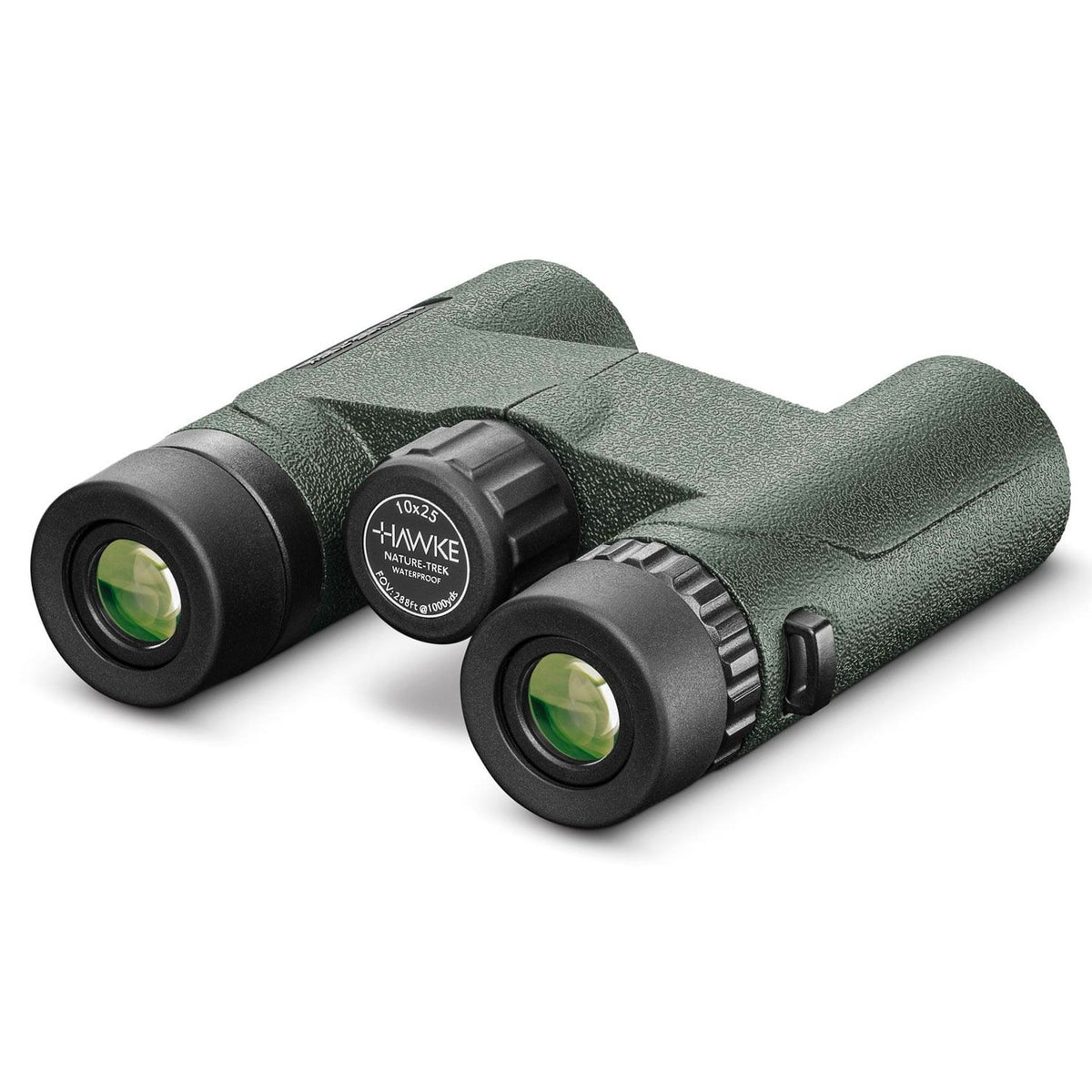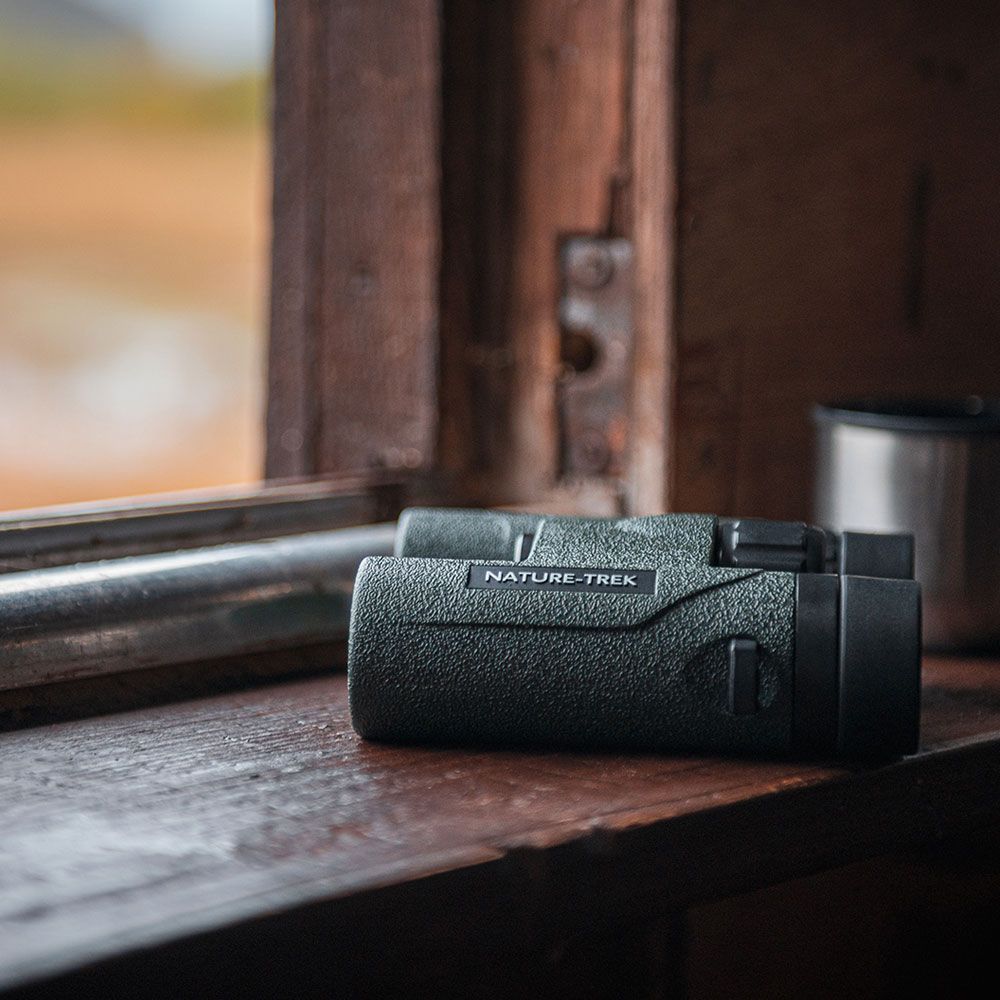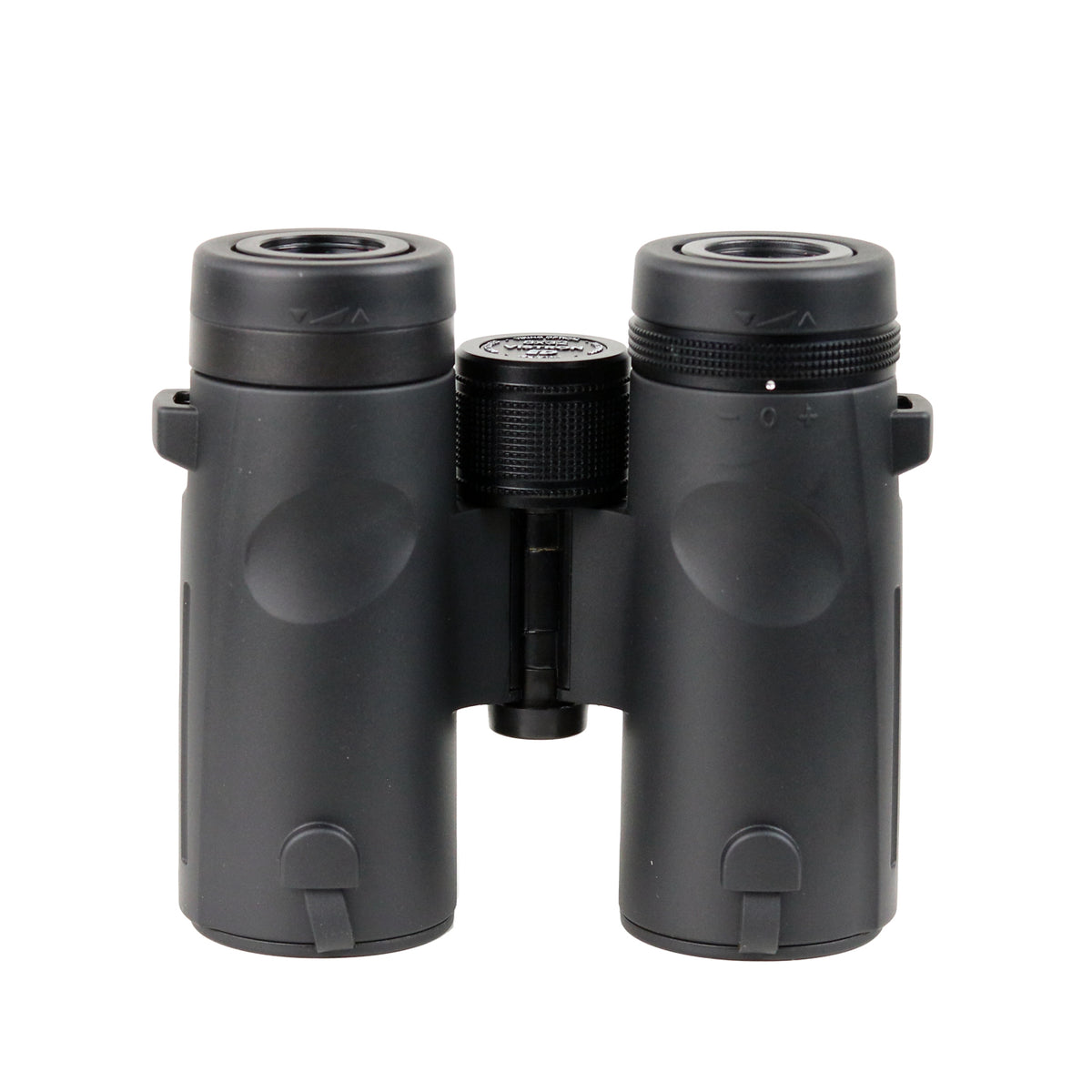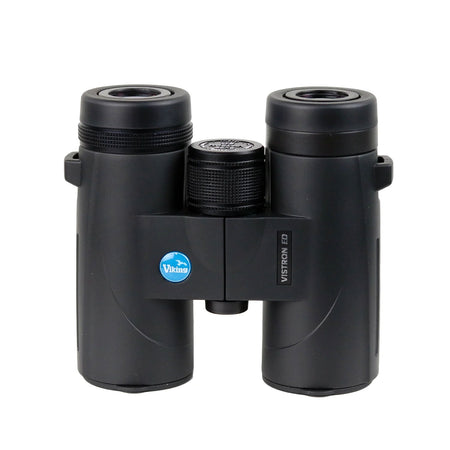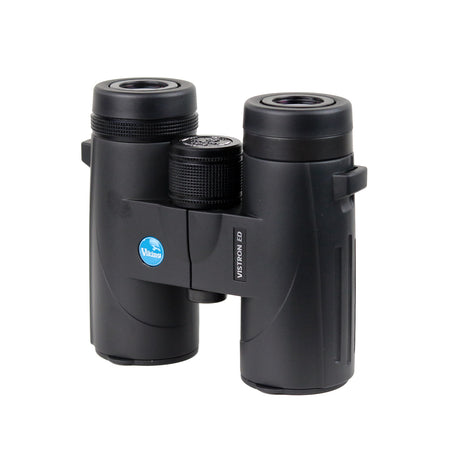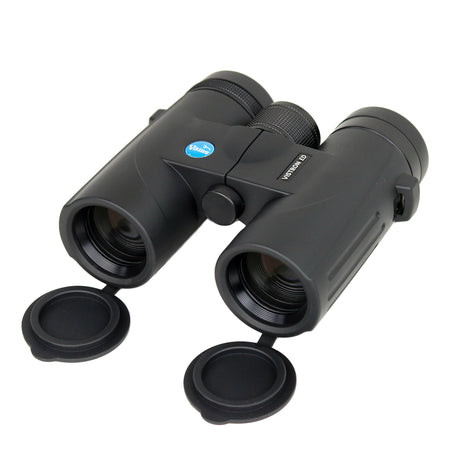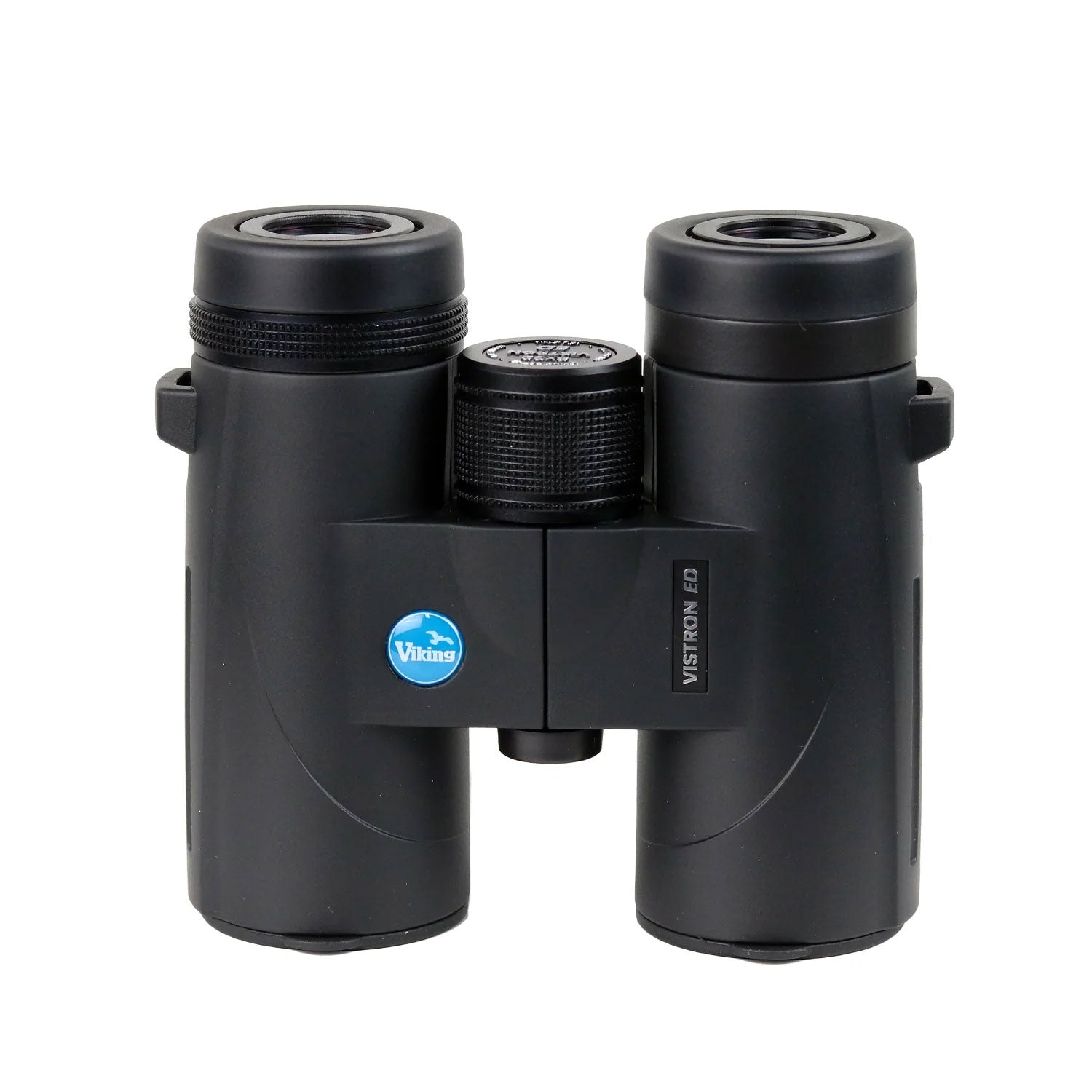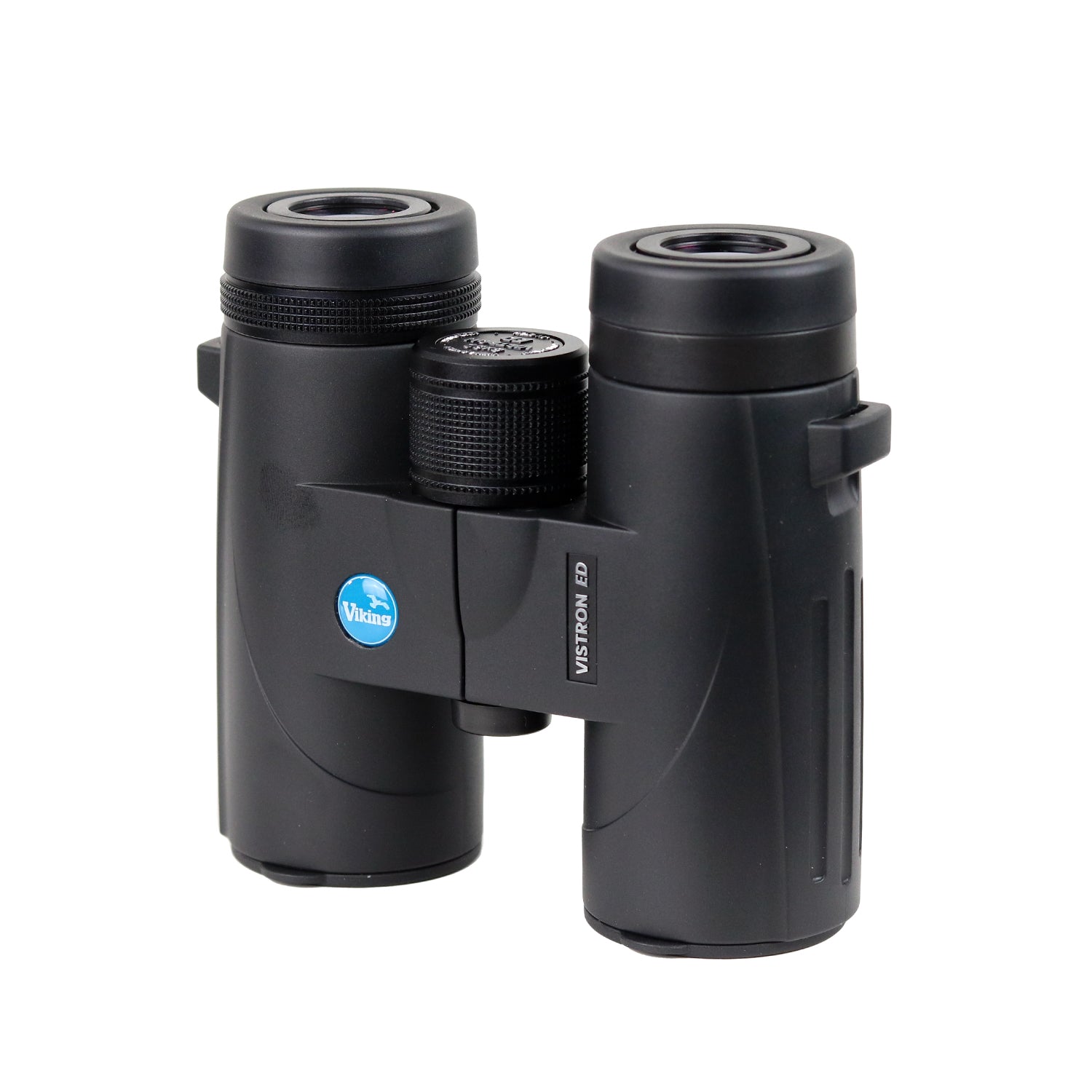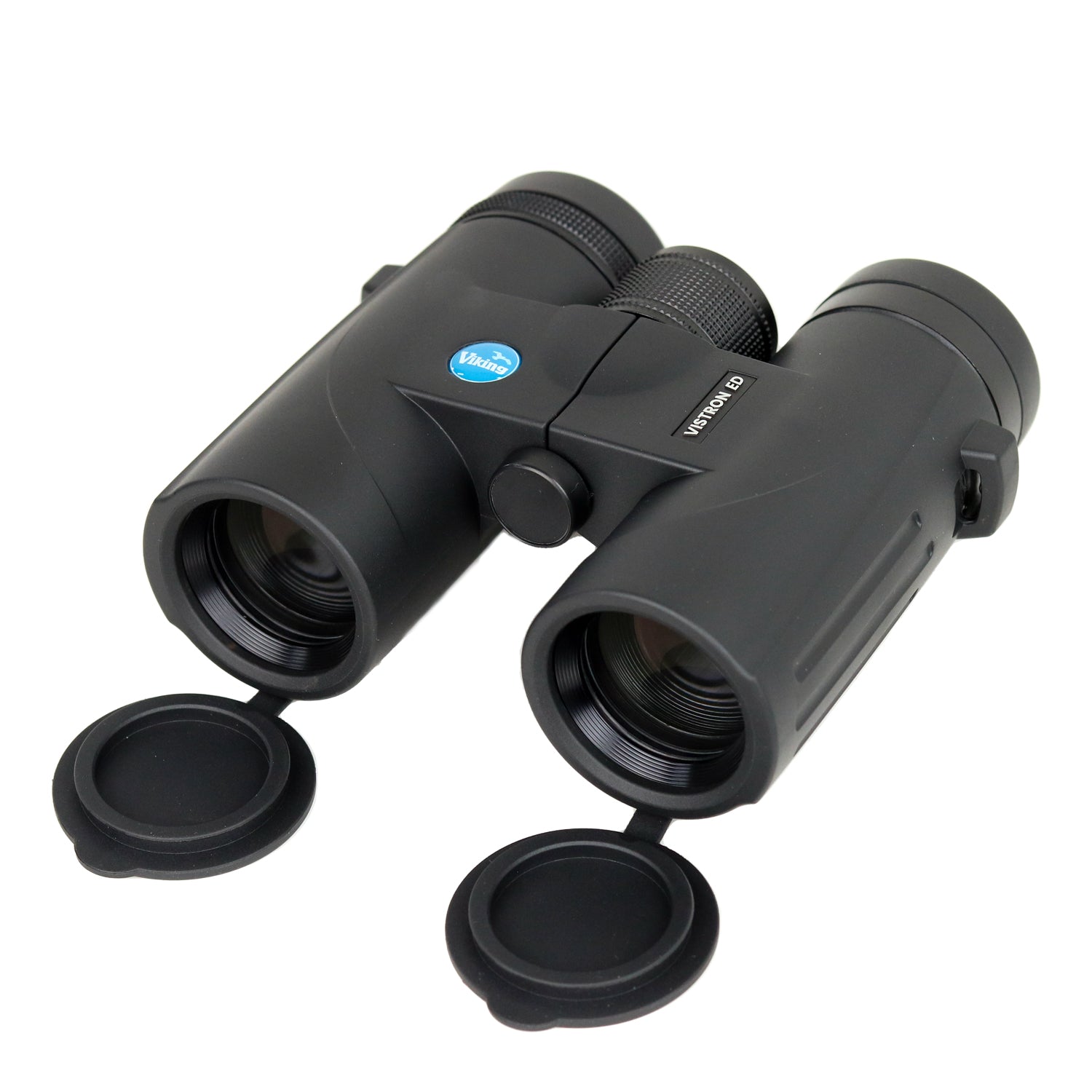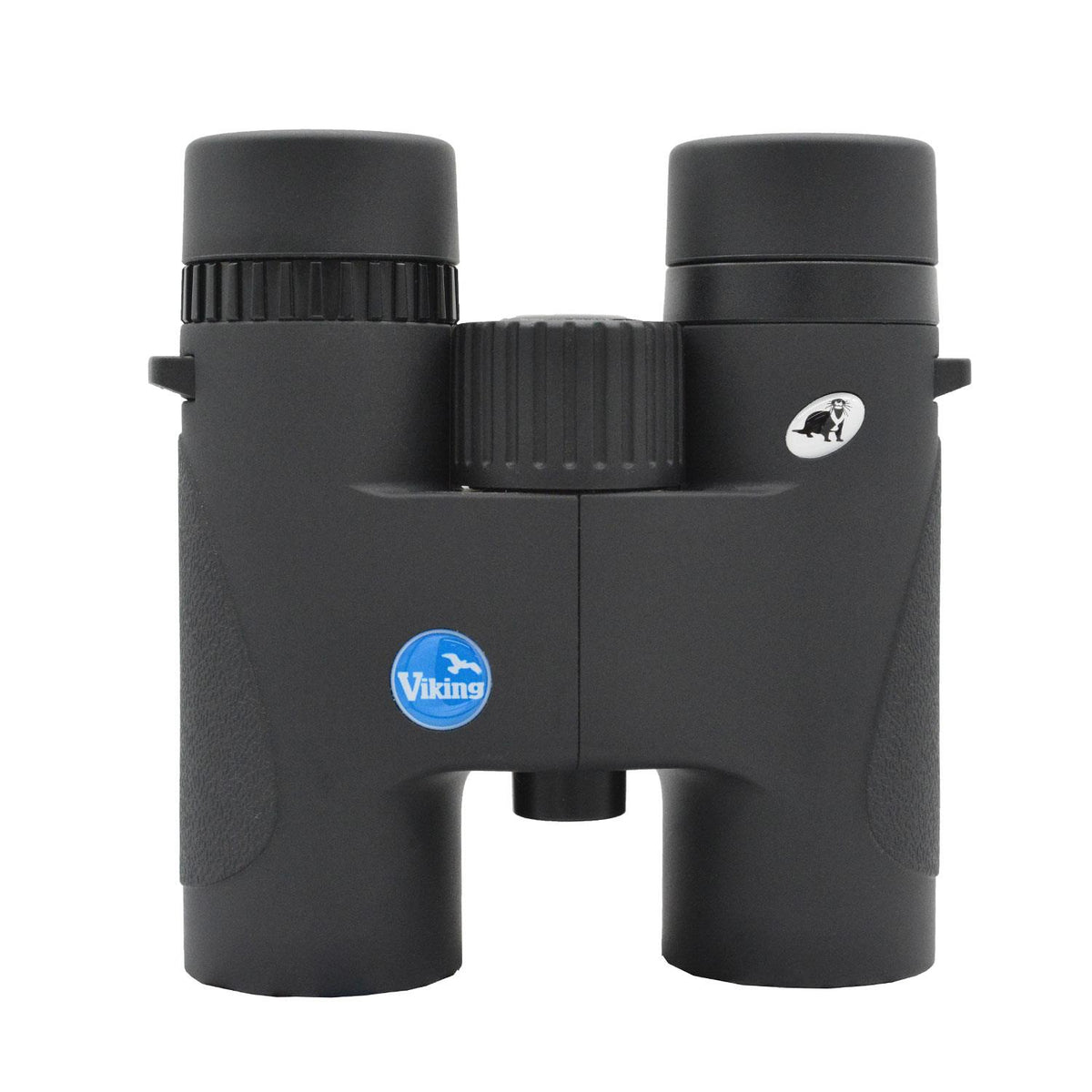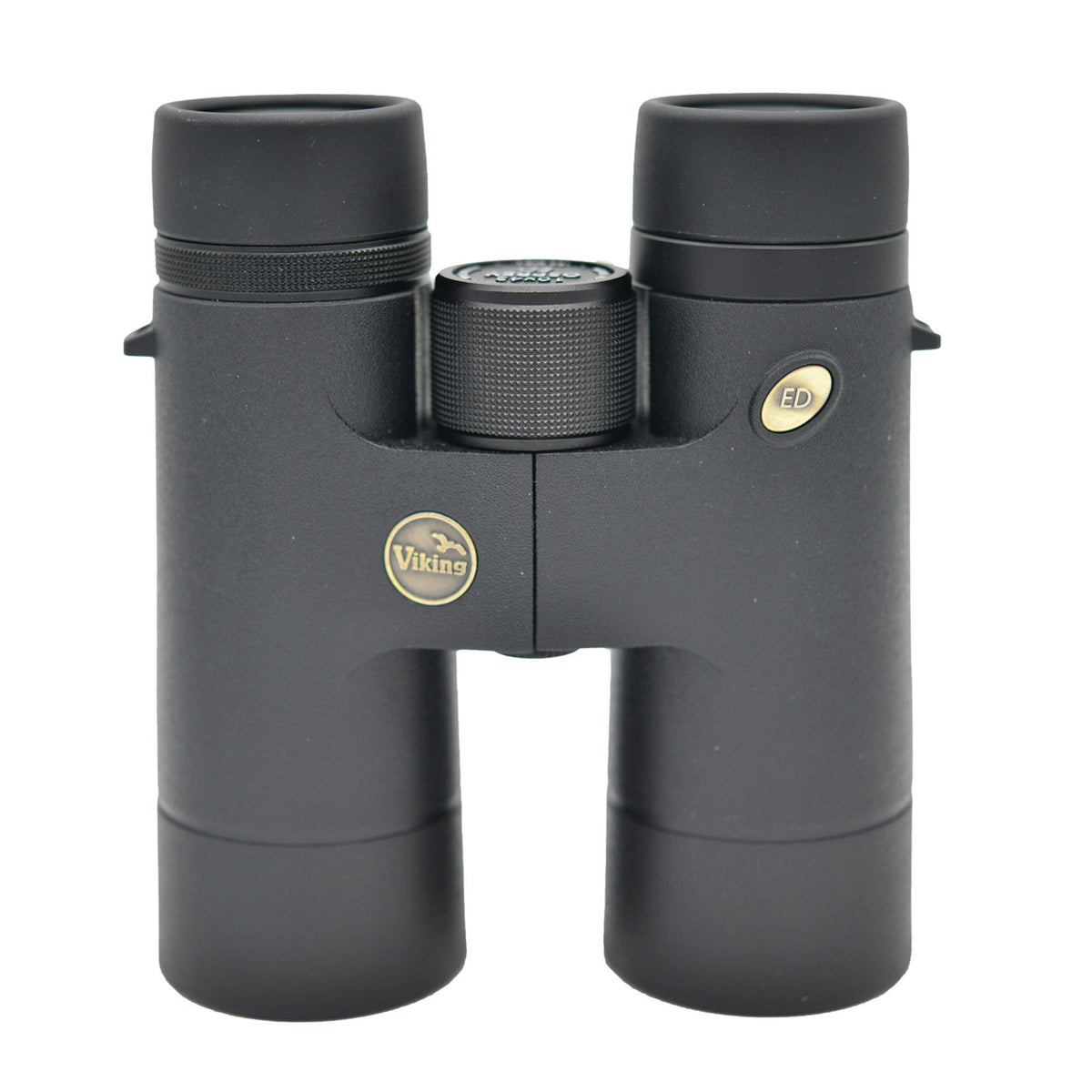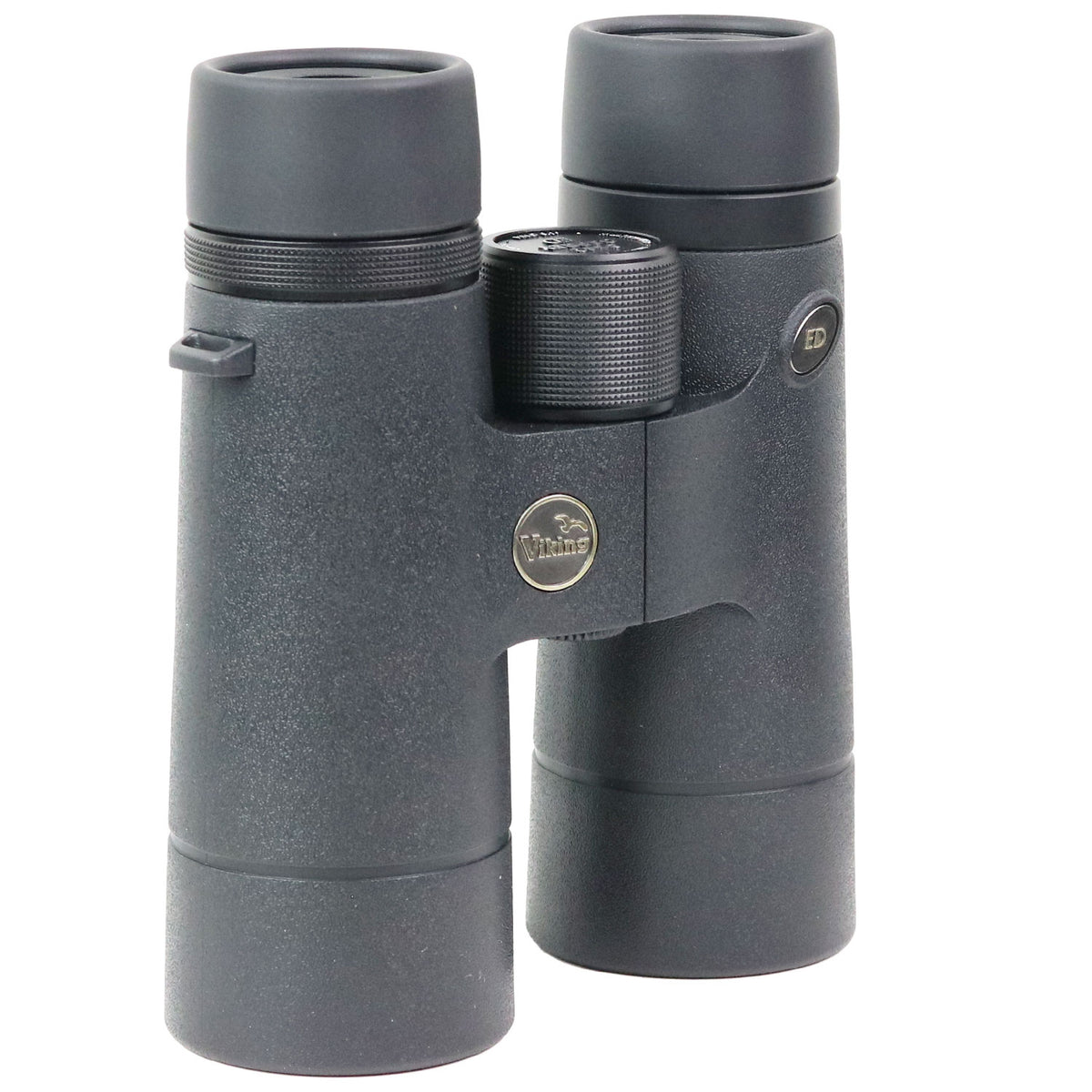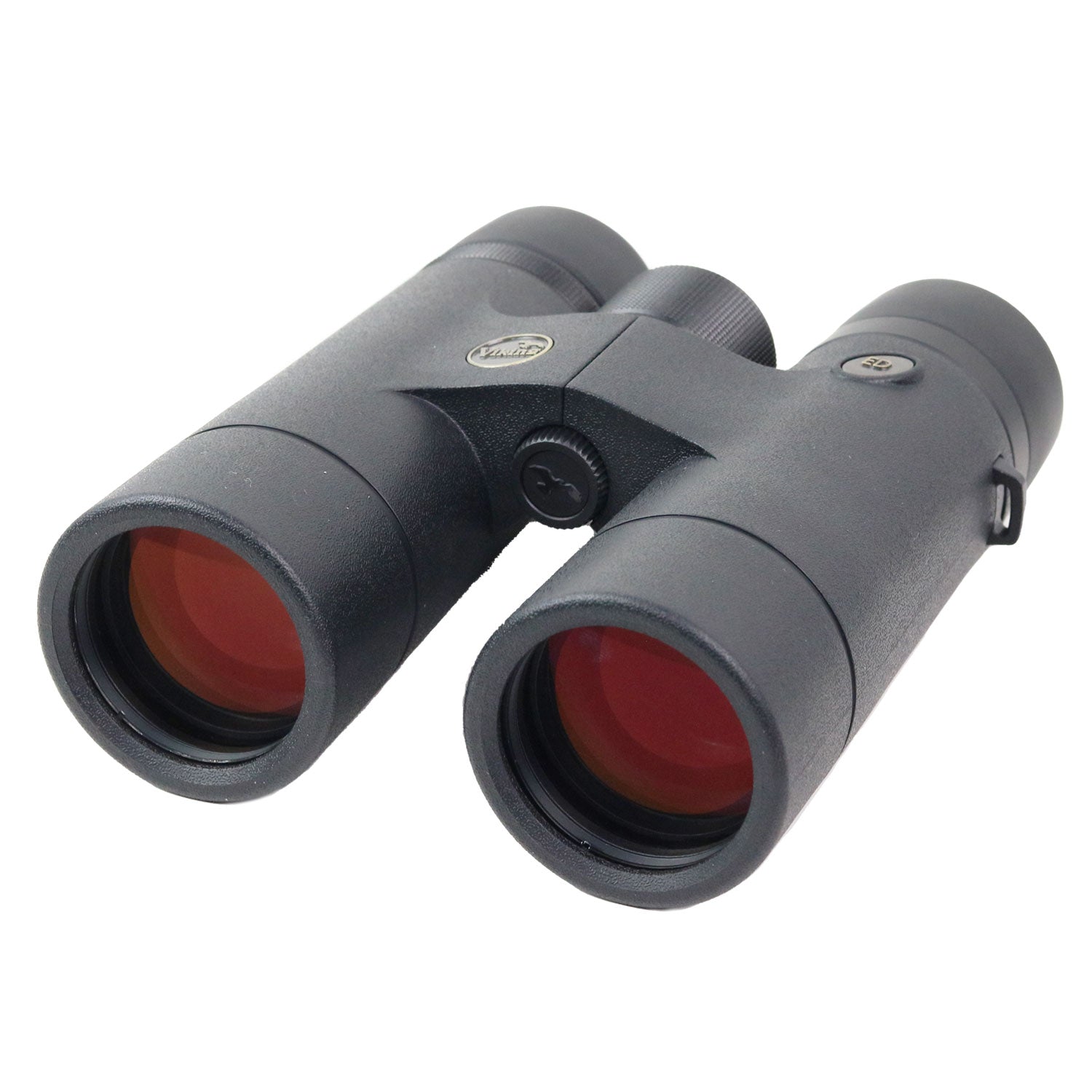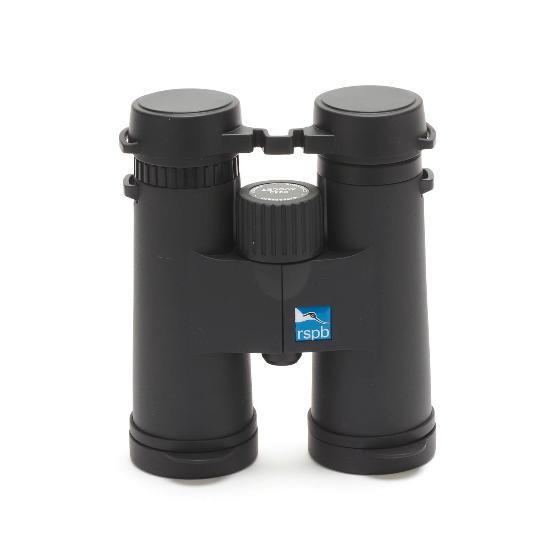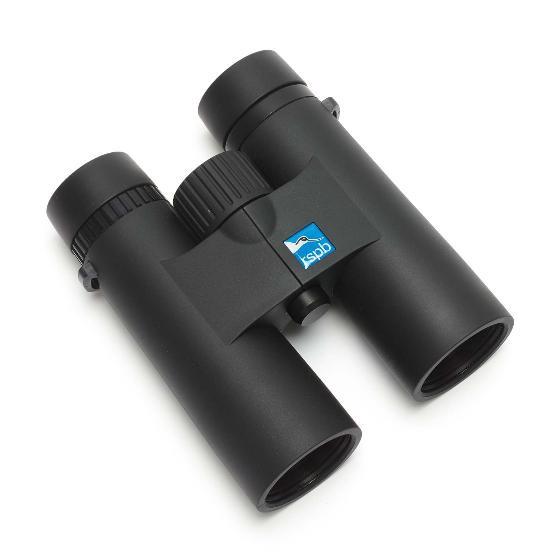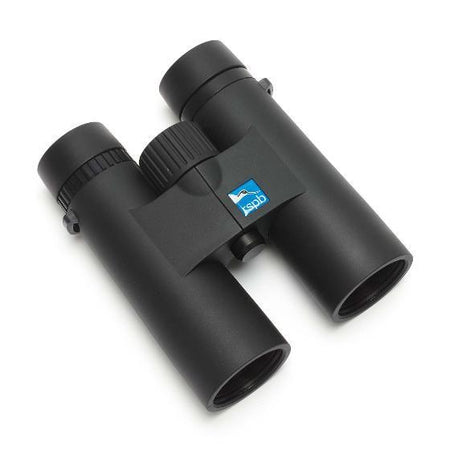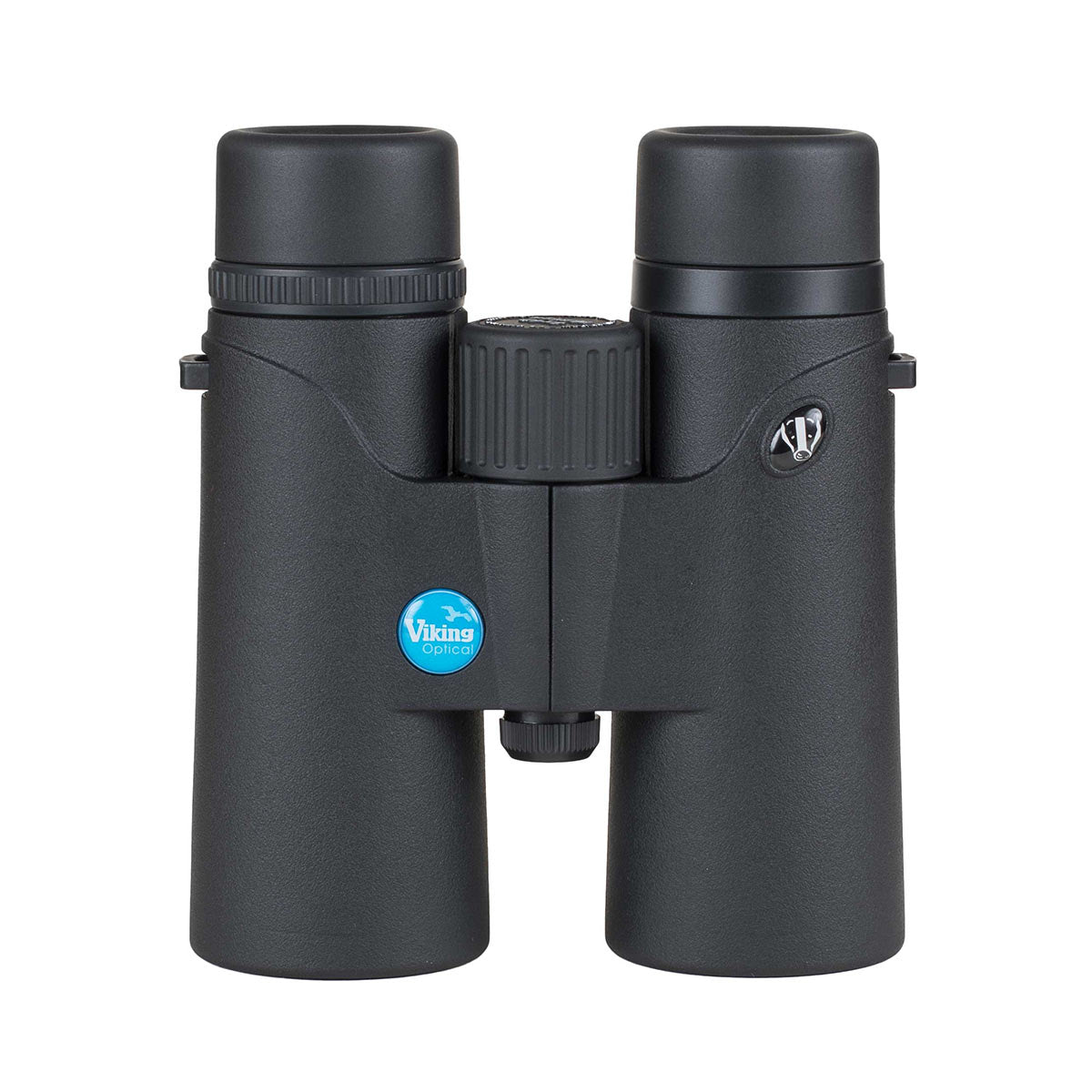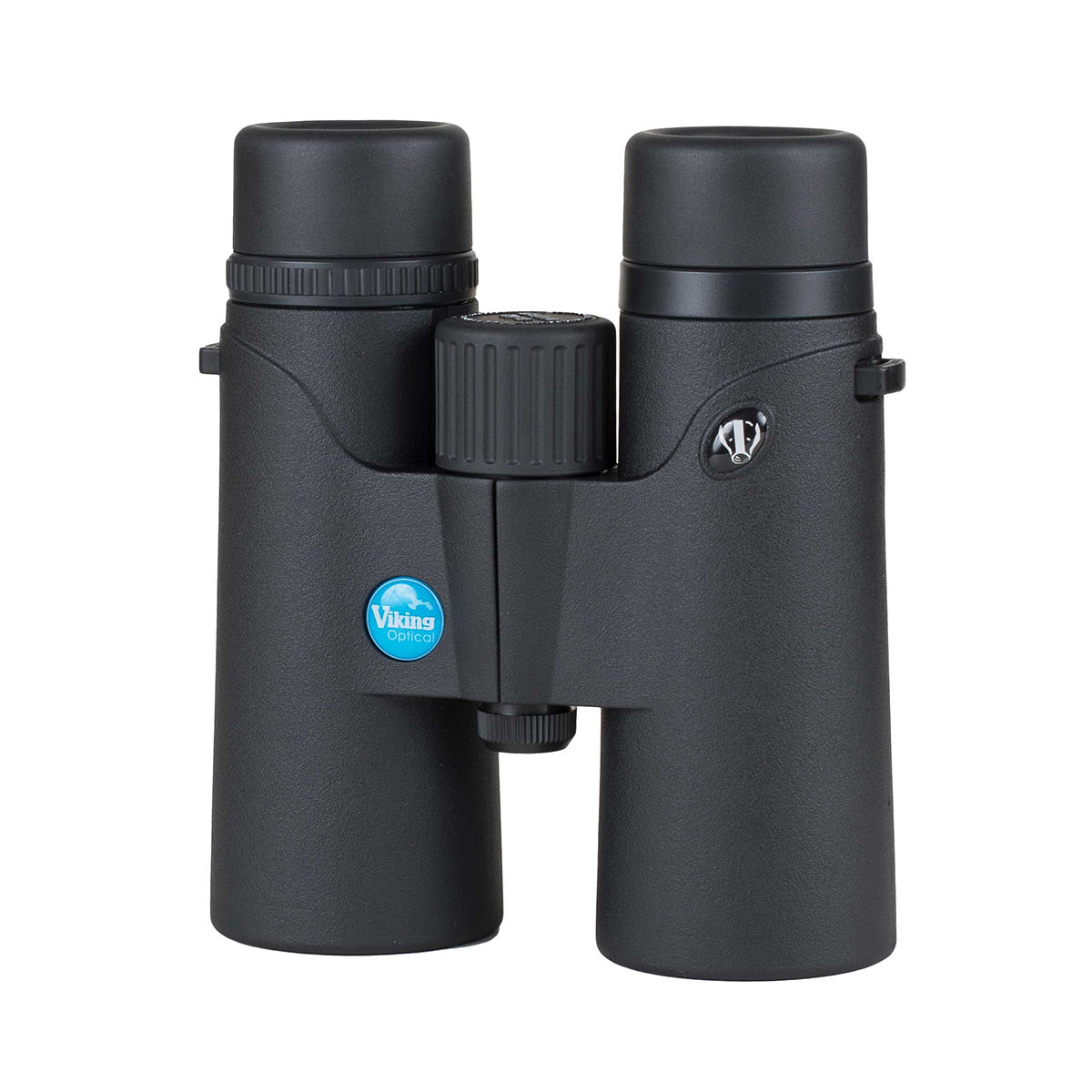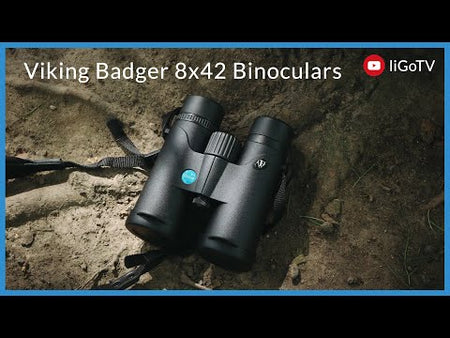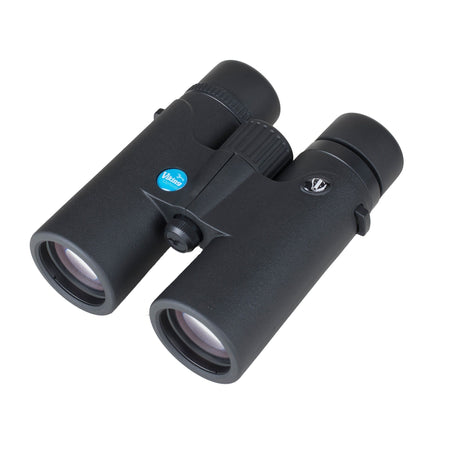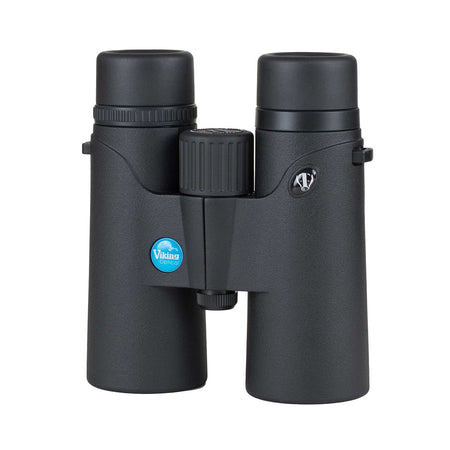Choosing binoculars is easy with our handy guide and round-up of the best of the best
There is a huge spectrum of binoculars that range from high-end optics that can cost as much as a car to neat little compacts that for as little as £20! There are also all the optical terms and numbers to get your head around, so for someone new to the world of binoculars it can be a little daunting, however, choosing the best binoculars will depend primarily on what you want to use them for. If your subjects are going to be far away then you might want to opt for a higher and more powerful magnification, however, this means you will have a narrower field of view and might struggle with getting a steady image (for anything above 10x magnification every little hand movement or shake will be magnified resulting in an unstable image unless you're using a tripod). If you're using binoculars in low light conditions (e.g. for stargazing and astronomy) then you'll need a larger objective lens to allow in as much light as possible.
For general use, you might want to consider a balance between magnification, light-gathering power, and weight. As a rule of thumb, the larger the objective lens, the bigger and heavier the binoculars will be so if you're planning to take on a hike then maybe a decent pair of lightweight compact binoculars would be best.
- Best General All-rounder: Viking Vistron ED 8x42 Binoculars
- Best for Birdwatching: Viking Vistron ED 8x42 Binoculars
- Best for Astronomy: Celestron Skymaster 25x70 Binoculars
- Best for General Wildlife/Safari: Hawke Endurance ED 8x42 Binoculars
- Best Compacts: Hawke Nature Trek 10x25 Compact Binoculars
- Best Value Binoculars: Viking Vistron ED 8x32 Binoculars
- Best Children's Binoculars: Viking Otter 8x32 Binoculars
- Best Mid-High (<£500): Viking Osprey 8x42 Binoculars
- Best under £200: RSPB Avocet 8x42 Binoculars
- Best under £100: Viking Badger 8x42 Binoculars
So, read on to discover our top picks!










